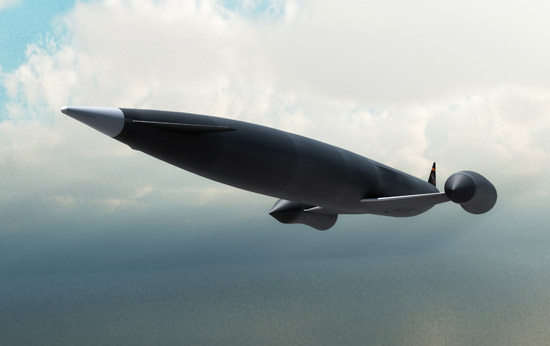
Major governments seem to have given up on single-stage-to-orbit spaceplanes in favor of simple and reliable (but way less cool) rockets. That’s perfectly fine with U.K.-based Reaction Engines, which is working on a spaceplane of its own. The company looks to have the trickiest problem licked. Next stop, orbit.
Earlier this month, Reaction Engines performed a test of the cooling system that will allow its Sabre engine to breathe air. Breathing air is important, because it means that the Skylon spaceplane (which will be powered by a pair of Sabre engines) can take off from a runway and power itself up to Mach 5.5 and 18 miles up without having to rely on giant tanks of oxidizer like rockets do. All of that space and weight can then be given over to payload, making getting to space on the Skylon 10x cheaper and 400x more reliable. And after the spaceplane gets high enough that there’s not enough oxygen for the engines, it uses on-board oxidizer to fuel a conventional rocket engine to take it the rest of the way into space.
via DVICE






